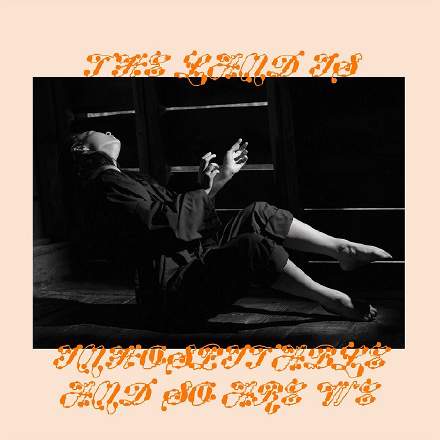
I’ve been following Mitski’s rise and rise ever since seeing her NPR Tiny Desk concert, and was delighted to see her making a big commercial breakthrough with this track. I confess, though, to a little disappointment that she’s achieved this success with a song that feels so conventional and ‘safe’, when it was the defiantly iconoclastic song-writing approaches of her earlier work that felt like such a breath of fresh air. I mean, here you basically get the same four-chord pattern repeating all the way through the song (and the iconic I-III-IV-iv progression in Radiohead’s ‘Creep’, no less) with Mitski doing her best Lana Del Rey impression over the top for a little more than two minutes – just time for a couple of verses and choruses without any kind of middle section or anything. Sure, it’s perfectly pleasant, but also rather bland when compared with, say, her tremendously gutsy conjunction of modal melody and parallel major-chord harmony in the songs ‘Last Words Of A Shooting Star’ or ‘A Pearl’.
To be fair, though, she does deviate from the ’loop four chords until the cows come home’ format in some subtle but important ways. She doubles the harmonic rhythm for the choruses, for instance, which helps with the verse-chorus section differentiation (as do the backing-vocal layers, of course), and there are extensions of the iv chord at the end of each chorus (two beats for the first chorus at 0:59; four for the second at 2:00). I also like her occasional flirtation with the flattened third degree in her vocal line, first on “shine” at 0:22 (unlike the later “shine” at 0:38) and then on “mine” at 2:00. Somehow, her switching between the major and minor third degrees of the scale seems in keeping with the major-minor switch inherent in the chord progression itself.
One final thing to point out is that the key feels like it’s pretty much exactly half-way between Ab and A. I wonder whether it was sped up from Ab, or slowed down from A, or maybe just recorded at that quarter-tone pitch to match an instrument (perhaps the piano) with an unorthodox tuning? Listening to the vocal formants, I’m guessing it was sped up. Irrespective, with a four-chord singalong like this it seems like a bit of an own-goal to put it in a key that instrumentalist fans can’t easily play along to without retuning their instruments. But maybe you could argue that a non-standard tuning is somehow more ear-catching for listeners these days, given that it differs from the vast majority of modern releases that use an A=440Hz tuning reference. Certainly, a quarter-tone shift would be well-chosen to maximise the contrast in that case.










